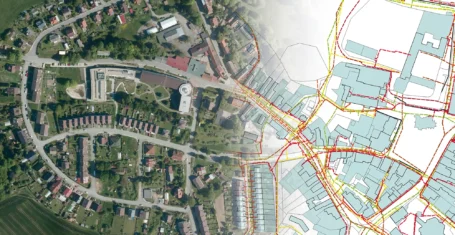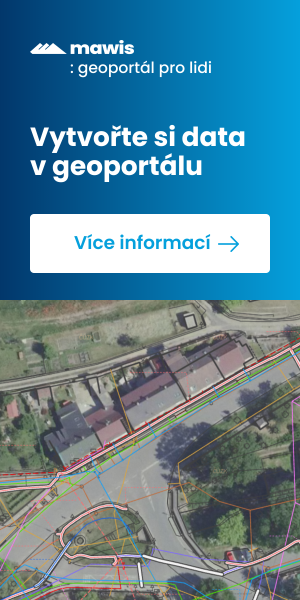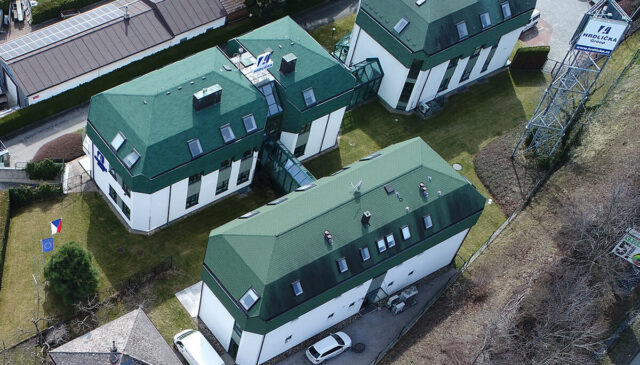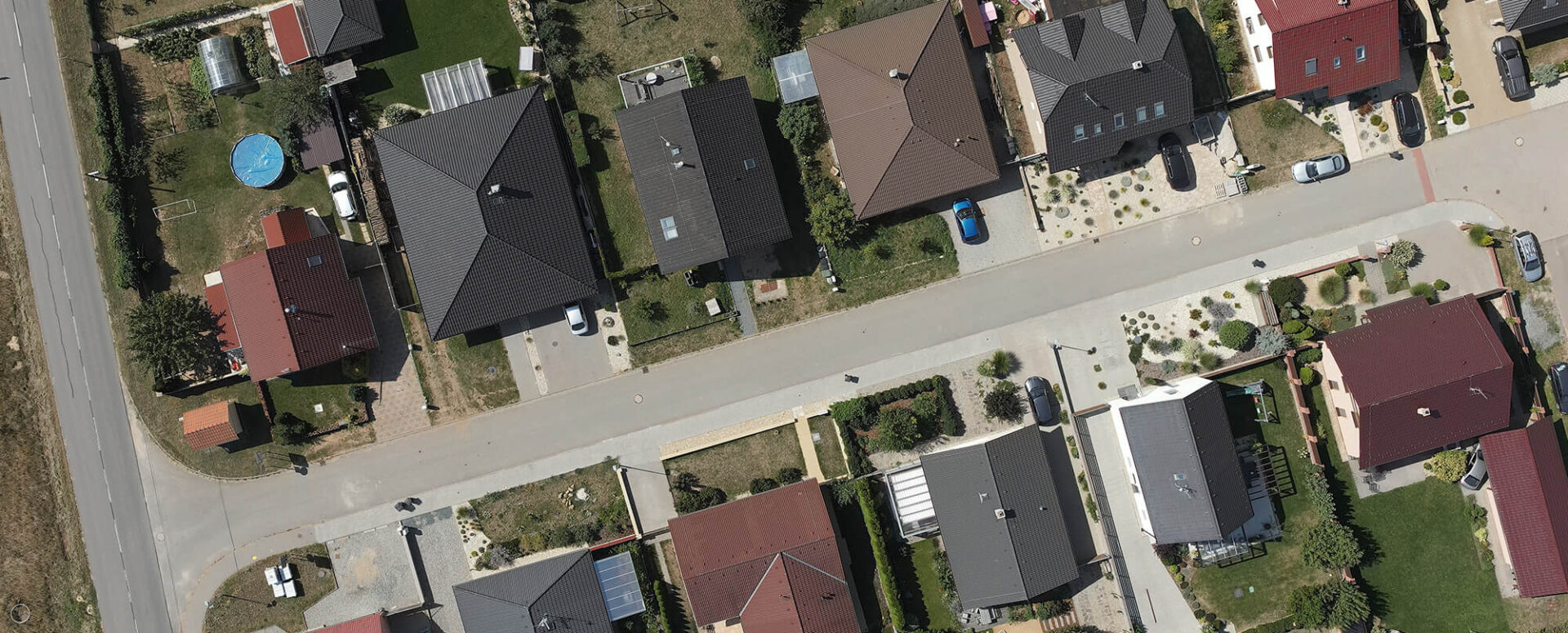
MawisTools – Search for affected KN parcels and LPIS land blocks
Case study: the use of MAWIS Tools by HG electro
About the client: HG electro is a specialized company dealing with the design of distribution networks for energy companies (ČEZ Distribuce, a. s., and EG.D, a. s.), including the negotiation of construction and processing of property rights. The key objective of the company is to provide quality services with an emphasis on accuracy, efficiency and reduction of errors in project negotiations with the affected entities and processing of easement agreements with the owners of the affected properties.
Problem: HG electro often faced problems in locating the affected parcels and maintaining the correct documentation in the negotiation of easement agreements. Traditional methods required either a “manual” and often error-prone extraction of individual owners through data from a CN lookup, or the use of expensive CAD design systems that were complex to operate, required knowledge of specialized software, and thus blocked the time of professional designers. In addition, the data from the Land Registry (KN) was sometimes outdated, leading to inaccuracies and unnecessary complications when repeatedly contacting incorrectly identified owners of the parcels concerned.
In addition, data from the LPIS (Public Land Register) is required for design work and is used for negotiations with agricultural land users. In the past, this data has also been obtained in a ‘manual’ manner via the LPIS application with a possible margin of error in extracting individual owners.
Solution: HG electro decided to use the MAWIS Tools system and its key function “Search for affected parcels in the CN” and its sister function “Search for land blocks in the LPIS register” as a solution to reduce errors and speed up the negotiation of easement agreements.
Benefits of MAWIS Tools for HG elektro:
- Easy and fast to use: the MAWIS Tools offers a user-friendly and easy-to-understand interface that does not require special knowledge of CAD systems. HG electro’s administrative staff quickly became familiar with the functions of the application without having to undergo complex training.
- Low cost: MAWIS Tools does not need a license for expensive CAD design systems, which means reduced software costs. The application is accessible as a web application running in a browser and does not need to invest in additional special technologies.
- Find affected parcels: The “Find affected parcels in the CN” function allows you to quickly and easily identify parcels affected by the proposed electrical installations. In this way, staff can easily obtain the necessary information for negotiating easement agreements with property owners.
- Up-to-date CN data: MAWIS Tools works with up-to-date cadastral data maintained on a daily basis. This ensures that HG electro always has access to the latest information on the parks concerned and does not have to worry about inaccuracies caused by outdated land registry data coming from an outdated SPI VFK file.
- Reduction of error rate: using MAWIS Tools with up-to-date data from the CN minimizes the probability of errors when searching for owners and documenting the affected parcels. Accurate and updated information from the Land Registry contributes to greater reliability and quality of contract negotiations.
- Speeding up contract negotiations: a simple and fast search of the affected parcels with up-to-date data makes the entire contract negotiation process more efficient. Staff have quick access to the necessary data, making it easier to communicate with property owners and speeding up the process.
By implementing MAWIS Tools with up-to-date CN data into its workflow, HG electro has achieved a significant reduction in errors, accelerated the negotiation of easement agreements and gained access to the latest information on the parcels involved. The application has become a key tool for accurate and efficient work with the land registry, which has led to improved quality of projects and increased customer satisfaction.
Services mentioned
Analýza dat a výkresů
Other examples of use
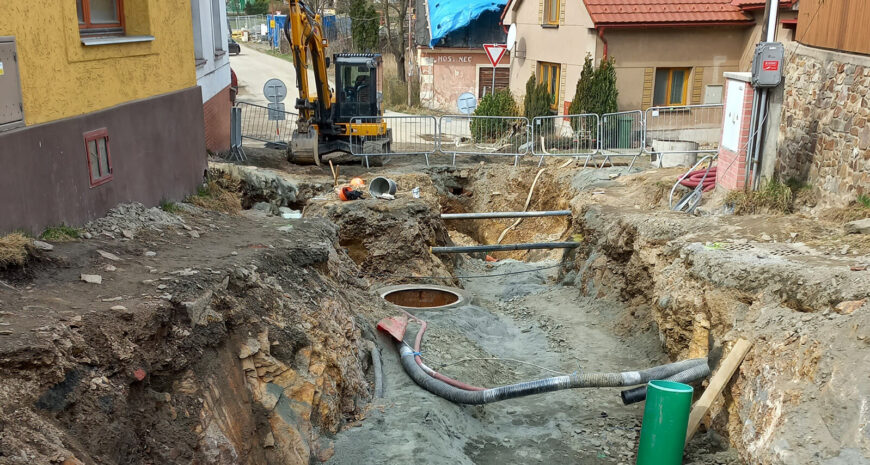
MawisUtility – How have regions made digital application filing accessible to citizens?
The MawisUtility electronic filing system allows builders in several regions of the country to file applications in bulk and online.
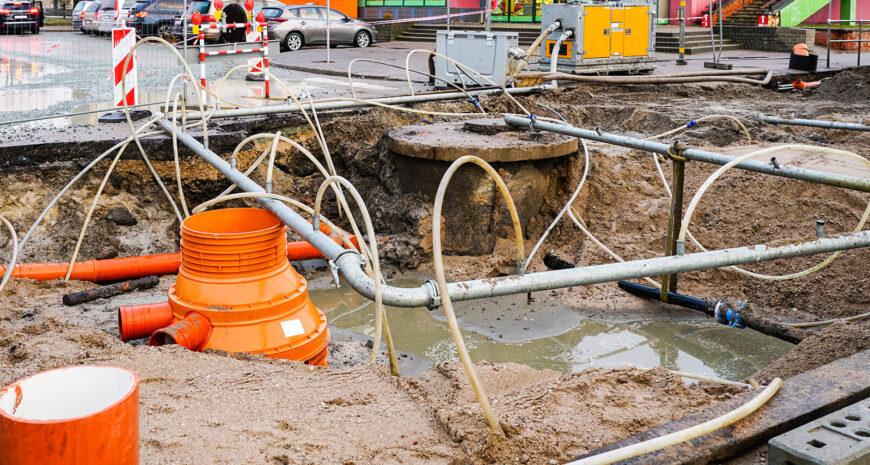
MawisUtility simplifies the process of expressing network managers for builders
MawisUtility helps to automate one of the steps in the construction process - obtaining a statement on the existence of utilities.
